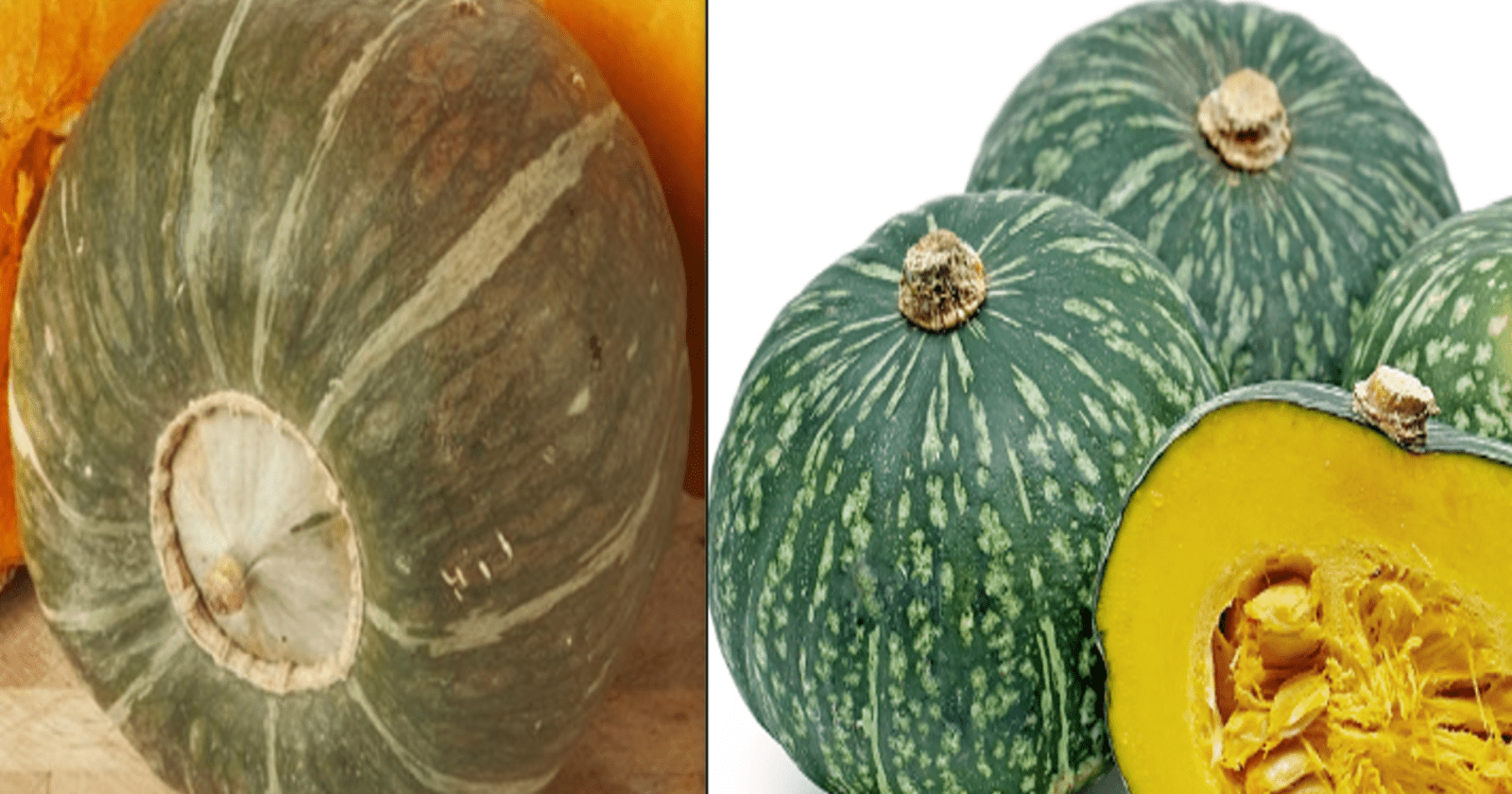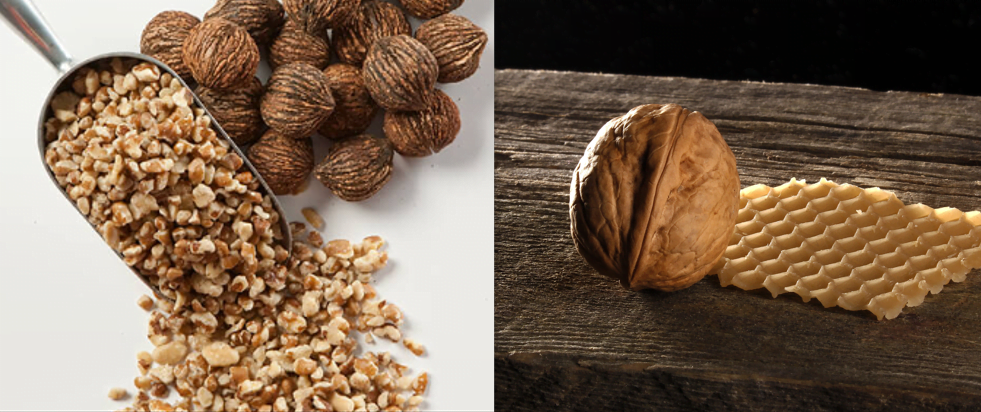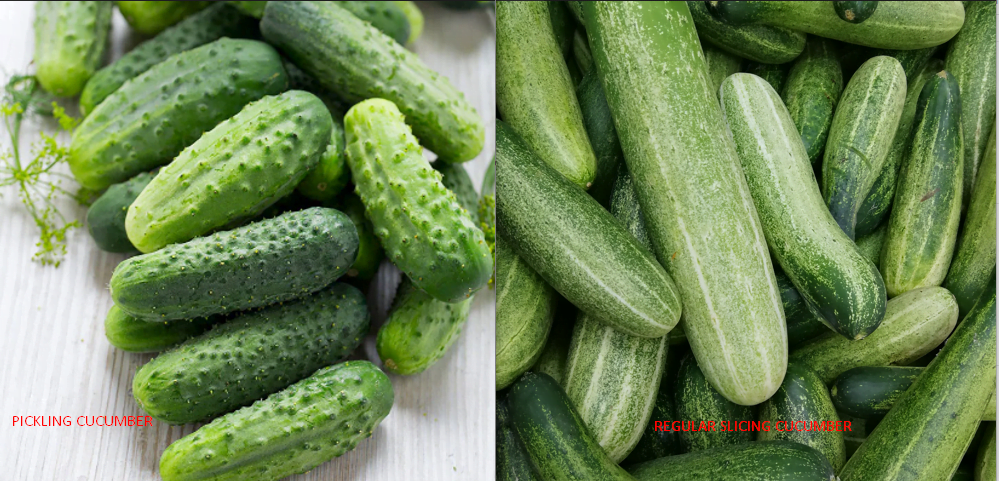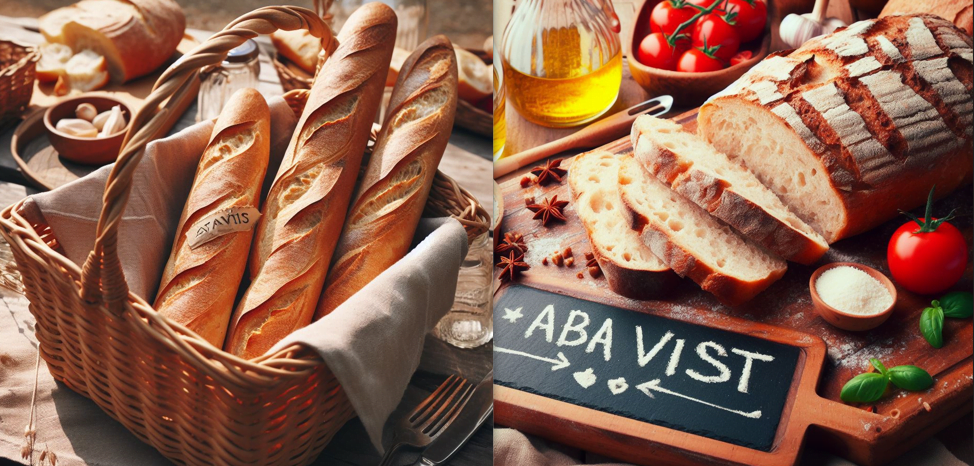Your cart is currently empty!
Category: Food

Common drugs & herbs that Interacts with contrave
CONTRAVE is a medication prescribed to assist overweight or obese adults with weight-related health issues in losing weight and maintaining that loss. It combines two active ingredients, naltrexone and bupropion, which work together to achieve these weight management goals. Serotoninergic Medications: how contrave Interacts with these medications Serotoninergic medications, like SSRIs or SNRIs, help increase…

Buttercup Squash vs Kabocha
Both buttercup squash and kabocha squash are winter squash varieties with sweet, dense flesh, but they have some differences. Buttercup squash has a round shape with a turban-like cap, while kabocha is typically squat and flattened. Buttercup squash has a slightly sweeter taste and smoother texture, while kabocha has a sweet and nutty flavor with…

Parsnip root vs Parsley root
Parsnip root is cream-colored, cylindrical, and can grow long, with small root hairs or wrinkles. The parsley root has a more flattened, bulbous shape compared to the elongated taproot of a parsnip. The color of parsley root can range from pale beige to off-white, and it often has a smoother, less wrinkled skin compared to…

Almonds vs Cashew vs Walnuts
Almonds have a smooth, teardrop-shaped kernel. Cashews stand out with a distinctive kidney shape, enclosing a creamy, buttery kernel. Walnuts, with their rugged shell, reveal two asymmetrical lobes. Almonds, walnuts, and cashews, three of nature’s most coveted nuts, each possess distinctive physical characteristics that set them apart in the world of culinary delights. Almonds, encased…

Zucchini Leaves vs Pumpkin Leaves Can you Eat these?
Zucchini leaves and pumpkin leaves differ in appearance and texture. Zucchini leaves are typically broader and smoother, with a deep green color and a slightly fuzzy texture on the underside. They are often heart-shaped and have prominent veins. On the other hand, pumpkin leaves are larger, more jagged, and have a rough, almost prickly texture.…

Kabocha ( Japanese Pumpkin ) vs Pumpkin
Kabocha is a small, round winter squash with dark green skin, known for its sweet, dense flesh. Pumpkin, on the other hand, comes in various sizes and colors, with a milder flavor and grainier texture. As the leaves change color and a crisp chill fills the air, it’s time for nature’s harvest to take center…

Beef vs Chicken Broth
Beef and chicken broth are both flavorful liquid bases used in cooking. They are typically made by simmering meat, bones, vegetables, and aromatics in water. While they share some similarities, they also have distinct characteristics. 3 Main Characteristics of beef vs chicken broth Beef Broth Chicken Broth Key Nutritional Content of Beef vs Chicken broth…

Black Walnut vs English walnut
Black Walnut (Juglans nigra) have a thick, hard shell that is difficult to crack. The flavor is bold and distinctive, often described as rich and earthy while English Walnut (Juglans regia) have a thinner shell that is easier to crack than black walnuts. The flavor is milder and sweeter than black walnuts, making them a…

Pickling Cucumber vs Regular Slicing Cucumber
Pickling cucumbers and regular slicing cucumbers may belong to the same botanical family, but they serve distinctly different purposes in the culinary world. The choice between these two varieties hinges on more than just their physical appearance; it extends to their taste, texture, and most importantly, their suitability for specific culinary applications. While both are…

French Bread vs Italian Bread
French bread, often known as baguette, is characterized by its long, slender shape and a crispy crust. Tends to be less sweet and the interior is typically soft and airy vs Italian bread which varies widely, but one common type is ciabatta. Ciabatta has a rustic appearance, with a chewy crust and an open, holey…

Spring Onion vs Leeks
Spring onions have long, thin green stalks with small white bulbs at the base compare to leeks which have a cylindrical shape with long, thick, white stalks and broad leaves. Both are members of the Allium family, which also includes garlic, onions, and chives. While they share some similarities, they have distinct differences in appearance,…

Key Lime vs Finger Lime
Key limes small, round spherical citrus fruits ,thin, smooth, glossy green skin which turn slightly yellow hue as they ripen. Finger limes are elongated citrus fruits with a caviar-like texture, containing tiny juice-filled pearls. While both are citrus fruits, key limes are traditional and widely used, while finger limes offer a unique texture and appearance,…

Spinach vs Collard greens
Spinach and Collard green both nutritious leafy green vegetables that belong to the same family, Brassicaceae. They are packed with essential vitamins, minerals, and fiber, making them excellent additions to a balanced diet. While both are highly nutritious, they do have some differences in taste and texture, which can influence how they’re used in cooking.…

Turkey vs chicken breast ground
Both turkey and chicken breast ground meats are versatile in the kitchen, suitable for grilling, baking, sautéing, or using in various recipes like burgers, meatballs, and casseroles. They offer a healthy and flavorful option for those seeking a nutritious protein source. However, it’s important to remember that while these meats are nutritious, a balanced diet…